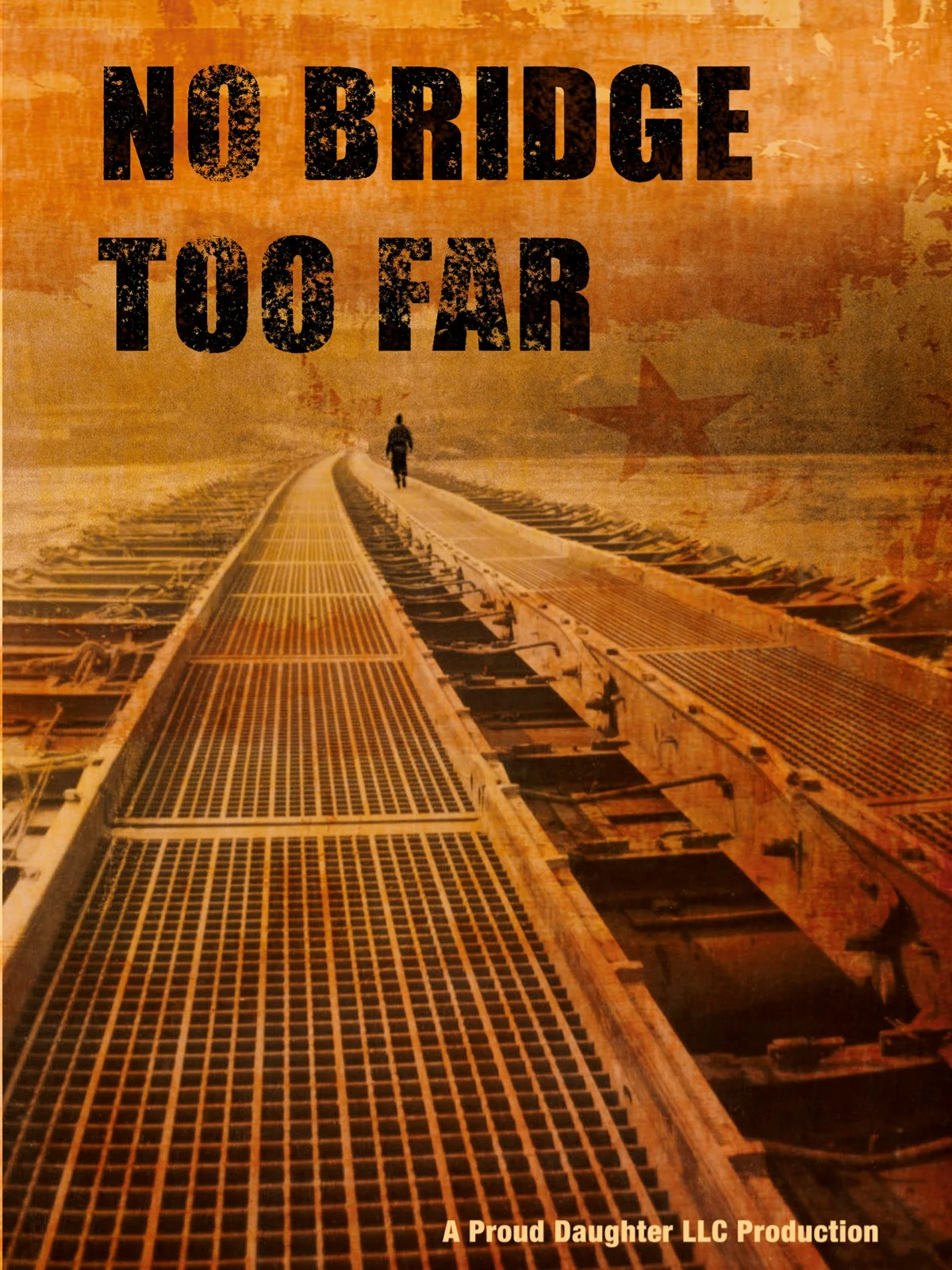Have you ever looked at a photograph from the Victorian era and wondered how people looked so “perfect?” Perhaps you observed slim figures. One of the biggest myths that circulate in social and fashion history today.
A common myth was that “everyone was skinnier back then.” We might think this when we see photographs and museum exhibits that feature small-waisted garments. With many examples of small-figured people, we might think that body diversity wasn’t around. This couldn’t be further from the truth. Body diversity did exist. There are surviving clothing items throughout history with waist sizes from 25 to 50” to prove it.
But the myth still persists. There are many reasons why it’s still prominent, from museum collecting biases to visual aids such as photographs, advertisements, and portraiture. Today’s blog post examines mid-to-late Victorian era photography and how photo editing skills feed into the myth.
Even though we think of photo-shopping as a recent invention, you’ll be surprised to know that they were using this practice (although on a much more primitive level) in various publications.
The Victorians manipulated negatives using pencil markings and scraping techniques to draw, erase, and touch up perceived beauty flaws. Period books, such as The Art of Retouching Photographic Negatives (1898), provide methods for altering the bust, neck, arms, mouth, hair, eyes, and dress.




